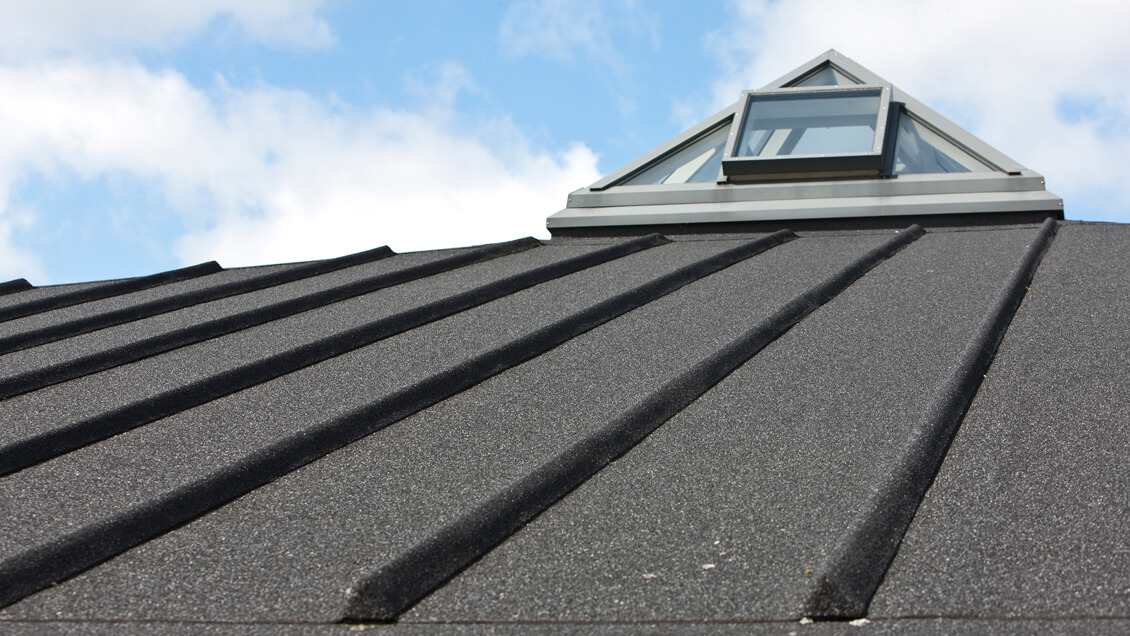Our climate impact is mainly in production processes and transports. For the second year, calculations are made using a developed software for scientifically based accounting of carbon emissions for scope 1, 2 and 3 upstream based on all our operations. Scope 3 downstream will be covered in the coming years. The current focus is on working with our suppliers and their emissions.
TARGETS:
- COMPLETELY CO2-NEUTRAL BY 2050
- In 2025, CO2 emissions will be reduced by 50 per cent within scope 1 and 2.
- In 2025, scope 3 will be reduced by 25 per cent and a 50 per cent reduction in 2030.
- By 2030 fully CO2-neutral in scope 1 & 2
- 85% OF PRODUCTS ENVIRONMENTAL DECLARATIONS (EPD)
PERFORMANCES in 2023
- Energy consumption was decreased by 2 %.
- Reduction of emissions for scope 1 and 2 was 9%
- Reduction of emissions for scope 3 was 19%
Bitumen – a residual product …
Bitumen is a residual product from the industrial refining of crude oil into various fossil fuels. Bitumen therefore requires a lower energy consumption in its production. However, heat is required for processing into waterproofing products. Nordic Waterproofing has therefore switched to biogas at all three production plants for bitumen-based products. Bitumen is mainly used for road asphalt and to a lesser extent for roofing and other applications (see diagram).
… with a long life cycle …
Today’s bitumen-based waterproofing, blended with elastomers for increased flexibility, has a durability of up to 50 years, with building design and installation also having an impact. When waterproofing is refurbished, a new layer is normally laid on top of the old one.
… and which do not harm man and nature
As bitumen is a hydrocarbon that is not intended for combustion but for use in building materials, no greenhouse gases are released. The remaining components of a bitumen-based waterproofing layer (fillers, polymers, slate, sand, etc.) are either inert (not prone to form chemical compounds) or have a low propensity for chemical reaction. This means that they pose minimal danger to humans or nature throughout its life cycle, provided it is not burnt.
















